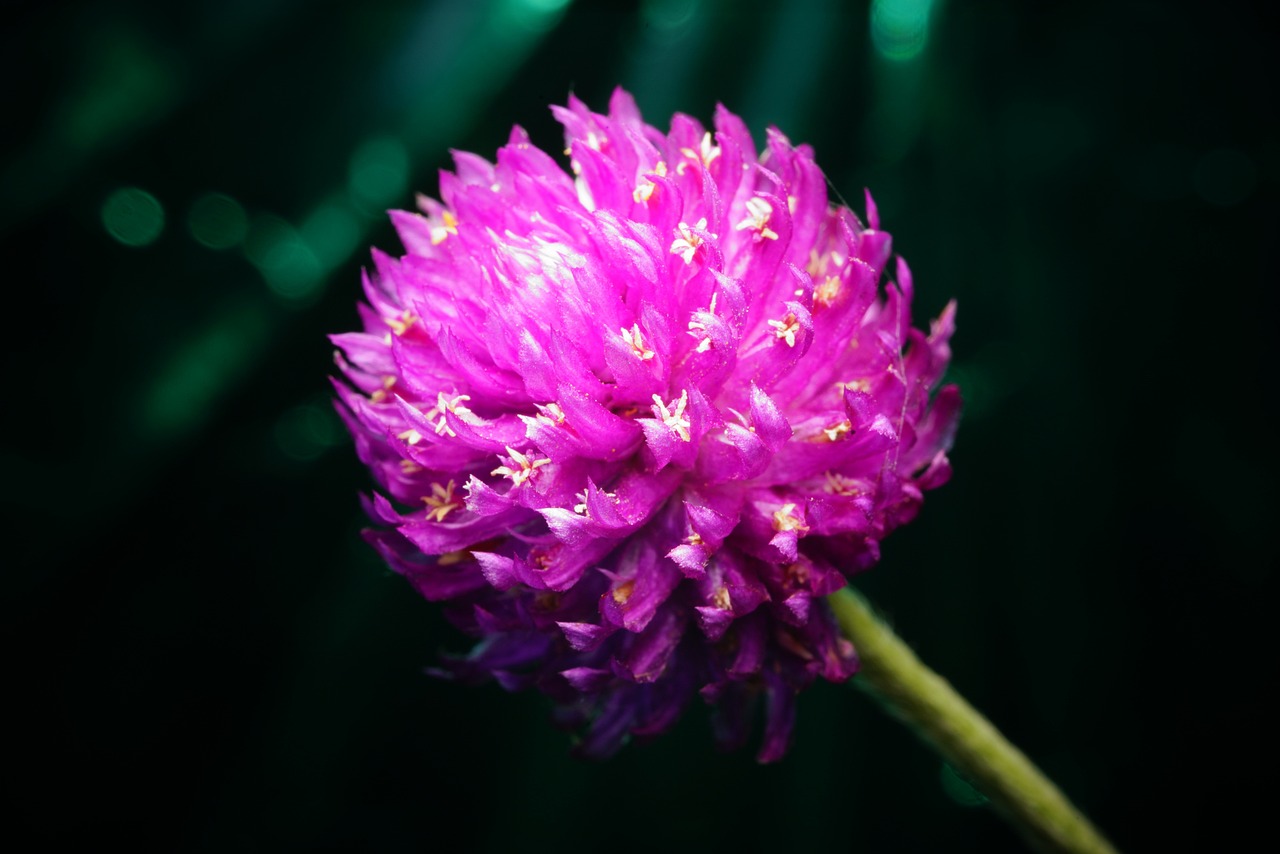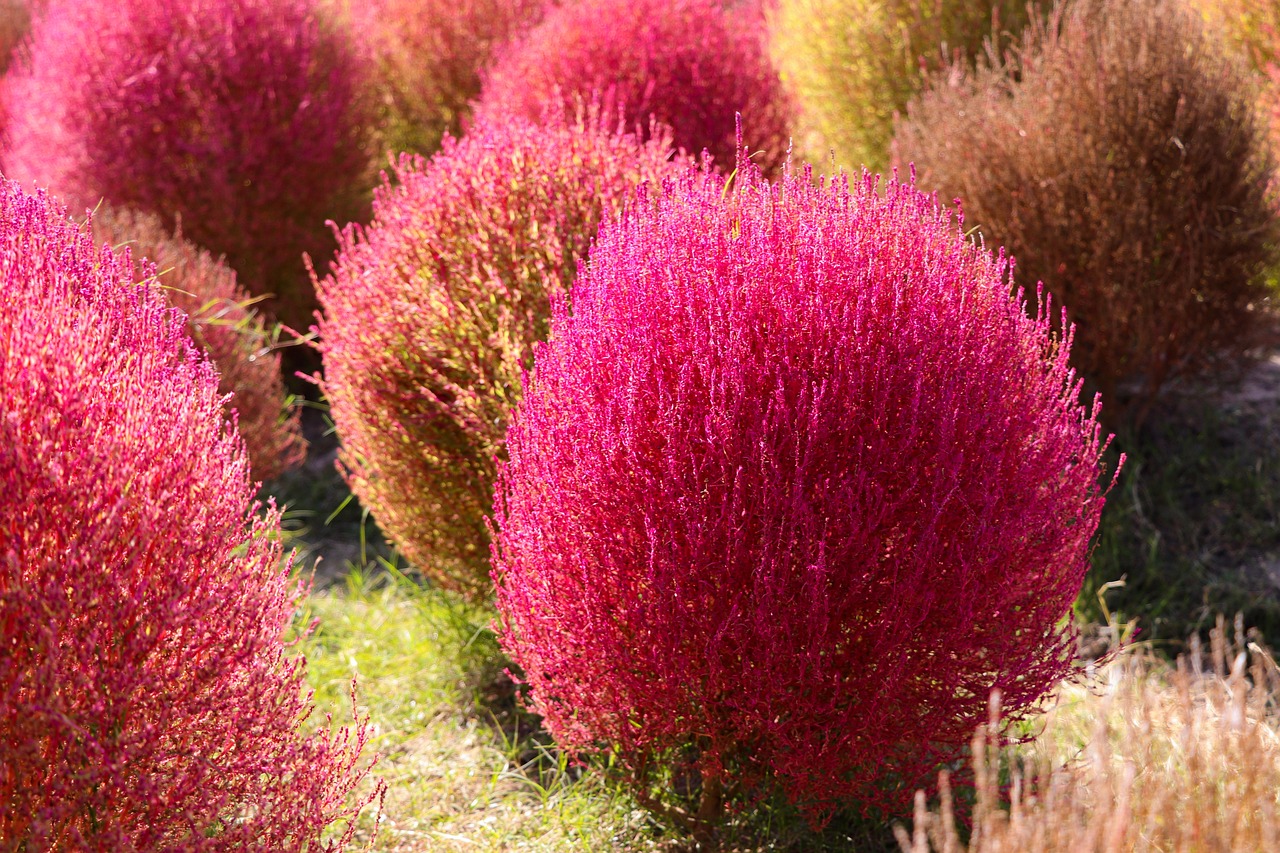Globe amaranth: Features and Care

Globe amaranth, also known as Sennichikou in Japanese, is celebrated for its round blooms and vivid colors that retain their beauty for an extended period, hence the name “thousand-day red.” As a popular choice for cut flowers and dried arrangements, globe amaranth is easy to grow, making it a great choice for beginner gardeners.
This article will cover its basic information, cultural significance, and tips for cultivating globe amaranth.
Basic Information
- Scientific Name: Gomphrena globosa
- Family: Amaranthaceae
- Origin: Central and South America
- Appearance: Globe amaranth’s flowers are round, with colors ranging from red, pink, and purple to white. The compact flowers hold their vibrant colors for a long time. They have tiny, clustered petals forming a cute flower head at the top of each stem, with a height of about 20–50 cm, suitable for flowerbeds and potted arrangements.
- Blooming Season: Summer through fall (July to October), providing a long-lasting display of flowers.
Cultural Significance Around the World

Globe amaranth symbolizes “enduring love” and “eternity” in various cultures due to its hardiness and long-lasting beauty. The flowers hold their colors even when dried, making them popular as décor and in arts and crafts.
In Asia, they are commonly used as ornamental flowers and in floral arrangements for Buddhist ceremonies. In India and China, globe amaranth represents longevity and happiness and is often used in festivals and celebration decorations.
Historical Episodes
Thanks to its long-lasting beauty, globe amaranth has been cherished since ancient times. It was introduced to Japan during the Edo period, where it was planted in temple and garden landscapes and appreciated as a herald of autumn.
Among common people, globe amaranth was seen as a symbol of health and longevity, with its vibrant color preserved when dried, becoming popular as a flower that conveys wishes for long life.
The flower also gained popularity during the Victorian era in England, where its color retention made it a favorite for interior decoration and accessories. This characteristic of retaining vibrant hues for long periods made globe amaranth a symbol of “eternal love” and “steadfastness,” and it remains beloved in Europe and Asia.
Gardening Advice
Globe amaranth thrives in sunny locations and tolerates direct sunlight well. It prefers well-drained soil and is relatively drought-tolerant.
Water when the soil has dried out, and avoid overwatering. Fertilize a few times during the growing season, as phosphorus-based fertilizers help improve bloom quality.
With its compact growth, globe amaranth is well-suited for pots and hanging baskets. Pruning and trimming will help keep the plant compact and increase the number of blooms.
As autumn arrives, remove any dead growth to maintain the health of the plant. Since it is not frost-resistant, it is usually grown as an annual in colder regions.
Conclusion

Globe amaranth is a resilient, long-lasting flower that is also perfect for dried arrangements.
With a sunny spot and minimal care, it will brighten your garden or balcony with vibrant colors. Consider growing globe amaranth to enjoy its beautiful hues across the seasons.


